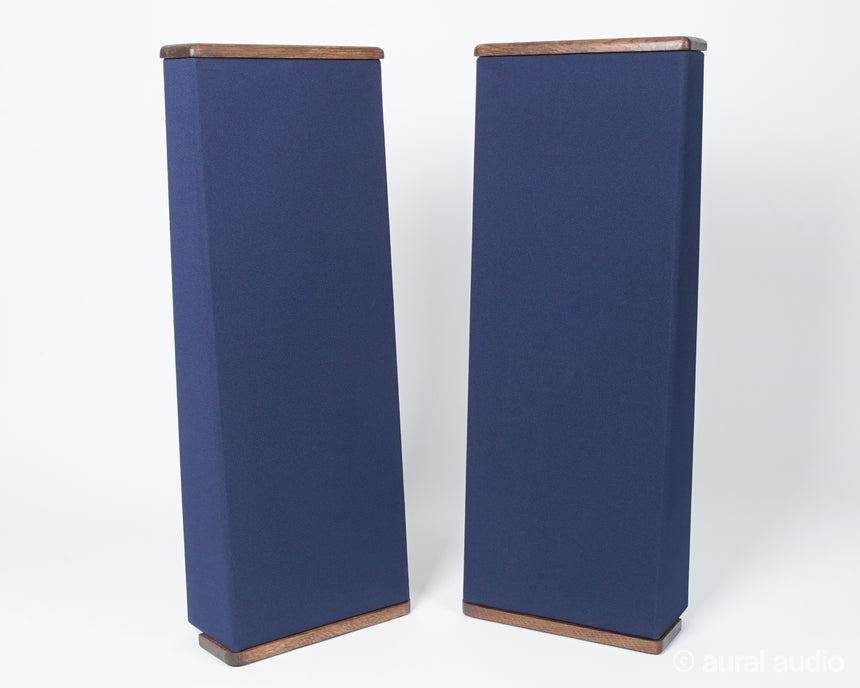The History of DCM

Have you ever wondered about the names of loudspeaker manufacturers? They share a fascination with initials. We have JBL, B&W, AR, KEF, ADS, M&K, KLH and about a dozen others. One of the least known and best sounding is DCM. This low-profile company from Ann Arbor, Mich., employs relatively common speaker ''drivers'' (woofers, tweeters, etc.) in an unusual enclosure to deliver remarkable sound.
DCM first made its name--or earned its initials, if you will--with an uncommon speaker it called the Time Window. This speaker, which resembled a large scratching post for a cat, reproduced uncannily smooth sound with superior stereo imaging. Many listeners compared the Time Windows to speakers costing twice their $750-a-pair price.
DCM endeavored to expand its speaker line for several years, attempting to repackage the Time Window technology into smaller and larger packages. The initial attempts weren`t always successful. Then DCM achieved its goal with the Time Frame series of speakers.
The Time Frame, available in five models, resembles few other speakers. They look like frames--upright rectangular panels only a few inches deep. The black or dark-brown knit grille cloth is surrounded by a dark oak frame. Small feet keep the Time Frames from tipping over.
The Time Frame TF700 represents the middle of this DCM line. It stands a few inches shy of 4 feet tall, and is a foot and a half across. It`s only 7 inches deep and looks even shallower. The unadorned broad, flat front expanse is rather attractive. Time Frames can be placed fairly close to the wall without degrading their sound quality. The TF700 includes an 8-inch woofer, a 4-inch midrange and a .75-inch dome tweeter.
The ''transmission line'' acoustical design makes the Time Frame speakers special. Rather than simply ''porting'' the sound directly to your ears through a hole in the enclosure, or bottling up the sound in a sealed enclosure, such as with an acoustic suspension design, the transmission line
''tunes'' the sound through a special path within the enclosure.
The people at DCM possess very good ears. The TF700, though it lacks the depth of the Time Windows, radiates smooth, even sound with good clarity and ample bass response. The impressive stereo imaging provides the illusion of proper musical and vocal position that is the goal of stereo. You`ll thoroughly enjoy listening to the TF700. Ample deep bass will rattle the windows without the muddiness of a phony midbass boost that passes for deep bass with many speakers. The tight bass sounds natural, even on the famed digitally recorded Telarc cannon blasts. I`m sure they shook the cobwebs from my basement ceiling.
The TF700 will play very loudly, tolerating 150 watts continuous undistorted power per channel with surprising grace. At maximum volume the instruments start to sound compressed, or ''scrunched'' together. DCM suggests a minimum power of 20 watts per channel. These moderately efficient speakers deliver considerable sound from modest power. A receiver rated between 30 and 50 watts per channel should be more than adequate for thrilling listening levels.
The best facet of the TF700 is the price of $700 per pair, slightly less than the original Time Window. The current Time Window 1A, which still looks more or less like a large scratching post, costs $880 per pair. DCM franchises only one or two dealers per market, so you might have to make a few telephone calls to locate a store that displays them. That also means that there isn`t much competition, so DCM speakers sell at, or close to, suggested retail price. The TF700, at $700 per pair, equals or surpasses many other speakers priced at $1,000 (which are then discounted to $800), so even the DCM ''list'' price sounds like a bargain.


